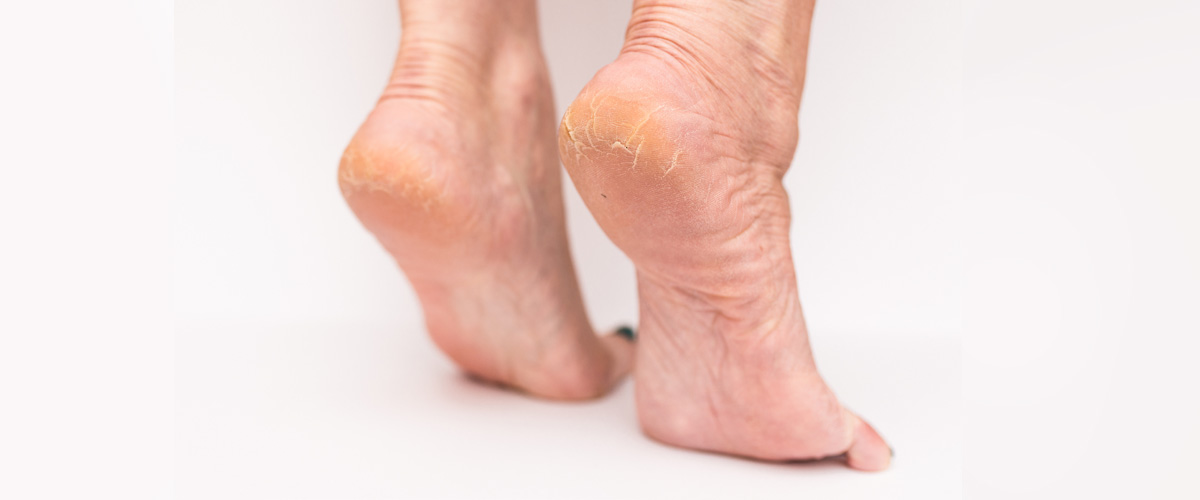Use water-free moisturisers – We intuitively (and rightly) reach for moisturisers to combat dry skin, but if the skin is cracked, water-containing products can cause stinging and discomfort. If that’s the case, look for a water-free, occlusive ointment instead, like QV Dermcare Sting-Free Ointment with Ceramides.
Gentle exfoliation – For superficial cracked skin, especially on thickened areas like the heels, gently exfoliating the areas of dry or calloused skin can help promote new cell growth, which can lead to smoother skin6.
Drinking more water – There is some evidence that increasing your dietary water intake can increase skin hydration, although to exactly what extent this helps, and what amount of water is optimum is still unclear7.
Beneficial ingredients – Besides occlusive moisturisers, there are other ingredients that can be beneficial for cracked skin. If eczema is an underlying cause, look for products with ceramides, cholesterol and free fatty acids, since these natural skin barrier components can be lacking or out of balance in eczematous skin8. For cracked skin on the heels, alpha-hydroxy acids (AHAs) can provide chemical exfoliation that can significantly improve the appearance and the depth of cracks on the heel. QV Feet Heel Balm, which contains the AHA lactic acid, was found to improve heel cracked appearance by 70%, and crack depth by 74% over 14 days in a small-scale clinical trial9.
For severe cracking and fissures, especially when there is a risk of infection, or if it’s related to a serious condition like diabetes, it’s best to speak to your doctor about the best options, as it may require more specialised treatment like prescription skin softeners or antibiotics5.


